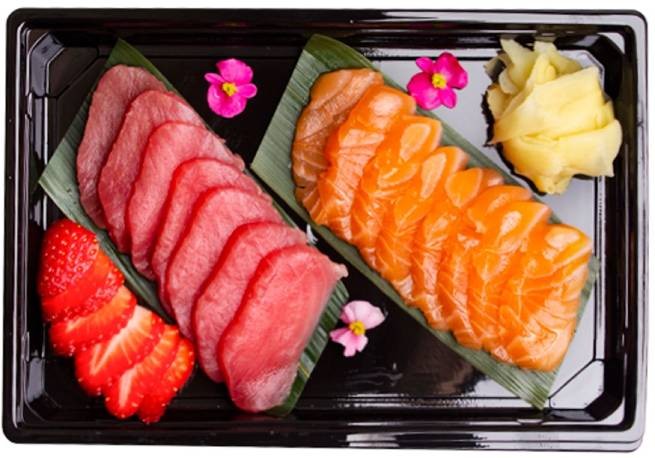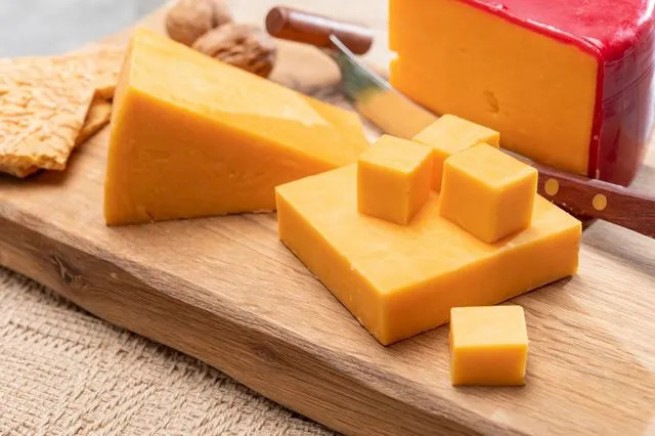What are you really eating when you enjoy yellow or orange cheese? Where do these shades come from, and what should you pay attention to?
The cheese we eat begins with grass consumed by a cow or any other milk-producing animal. How The better the quality of the herb, the better the final product will be.
The first cheeses, which appeared in 1300, were made from sheep's milk. As Paul Kindsted, former president of the American Dairy Science Association, noted, every blade of grass could turn into either wool or milk, but not both at the same time.
Over time, the cow became the main source of milk, and this has significantly influenced the way we perceive cheese today. In nature, it is responsible for the color orange and its shades. beta-carotene is a powerful antioxidantwhich is found in many vegetables including carrots and sweet potatoes. Lush grass in season also contains beta-carotene. When the sheep processes it in its body, it does not reach the milk, which is why cheeses made from sheep's milk have a natural white color. Cows have different ways of metabolizing the beta-carotene that passes into their milk, which is why it becomes concentrated in the cheese, giving it a yellow tint.
The cheese, produced in spring and early summer, is distinguished by its bright yellow color and the highest quality. The more beta-carotene a cow eats, the more yellow curds are removed from the milk, which is a sign of higher quality and a more “full” taste. Between what warmer weather during the formation of rennet (a complex of clotting enzymes used to curdle milk to make cheese), the yellower it becomes.
Originally all cheeses were yellow, until manufacturers realized they could maximize their profits by producing butter (which sold for more) or selling separately cream, which was easily made from cow's milk. IN the remaining milk had less beta-carotene, so it produced a more “colorless” and tasteless cheesewhich, however, was sold at the same prices as before.
Around the 1400s, consumers realized the difference and manufacturers moved to the next level: natural food colors such as saffron, marigold and carrot juice have been used to deepen the color of cheese.
Sometimes manufacturers “missed” a dose of dye, and the cheese became much yellower than consumers were used to. The problem was resolved when it was discovered benefits of annatto seeds*, growing in South America. The colonial Dutch discovered their existence and included them in their trade with Europe in the 1650s. The seeds made a splash as a pigment.
Annatto seeds are obtained from the fruit of the Bixa orellana tree, which grows in the tropical regions of South and Central America. These seeds are used to produce a natural food coloring that gives foods a vibrant color ranging from yellow to deep orange. Annatto is also used as a seasoning for its slightly sweet and tangy flavor that can be described as nutty, peppery and floral. In cooking, it is often used to add color and flavor to cheeses, butters, margarine and various dishes.
Cheese makers soon realized they had a cheaper way to achieve the same effect as expensive ingredients like saffron. In short, annatto seeds are what lies behind the orange color of cheddar cheese.







More Stories
In Switzerland, a statue of a tramp was installed in the lobby of a luxury hotel.
Fight cockroaches: how to get rid of them at home
Moldy cheese: when to throw it away and how to store it so it doesn’t spoil quickly